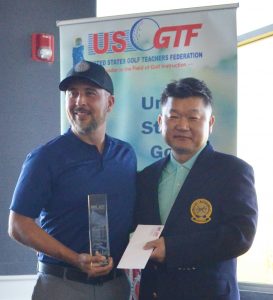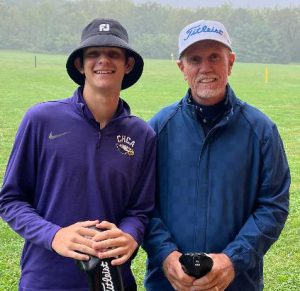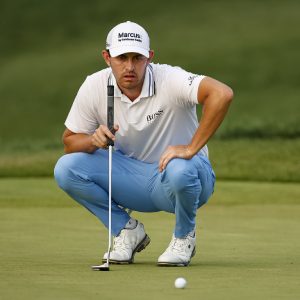Tournament Central – US Golf Teachers Cup
 The 25th annual United States Golf Teachers Cup is in the books! Congratulations go to winners Alejandro Duque, Open division; Pam Montgomery, Ladies division; Chris Richards, Senior division, and Anthony Benny, Super Senior division. Pro-am winners were USGTF professional Seonlin Kim and his amateur partner, Nicolas Kim. Revere Golf Club in Henderson, Nevada, provided a fine test of golf for all participants!
More in-depth reporting and results can be found at www.USGolfTeachersCup.com.
The 25th annual United States Golf Teachers Cup is in the books! Congratulations go to winners Alejandro Duque, Open division; Pam Montgomery, Ladies division; Chris Richards, Senior division, and Anthony Benny, Super Senior division. Pro-am winners were USGTF professional Seonlin Kim and his amateur partner, Nicolas Kim. Revere Golf Club in Henderson, Nevada, provided a fine test of golf for all participants!
More in-depth reporting and results can be found at www.USGolfTeachersCup.com.










